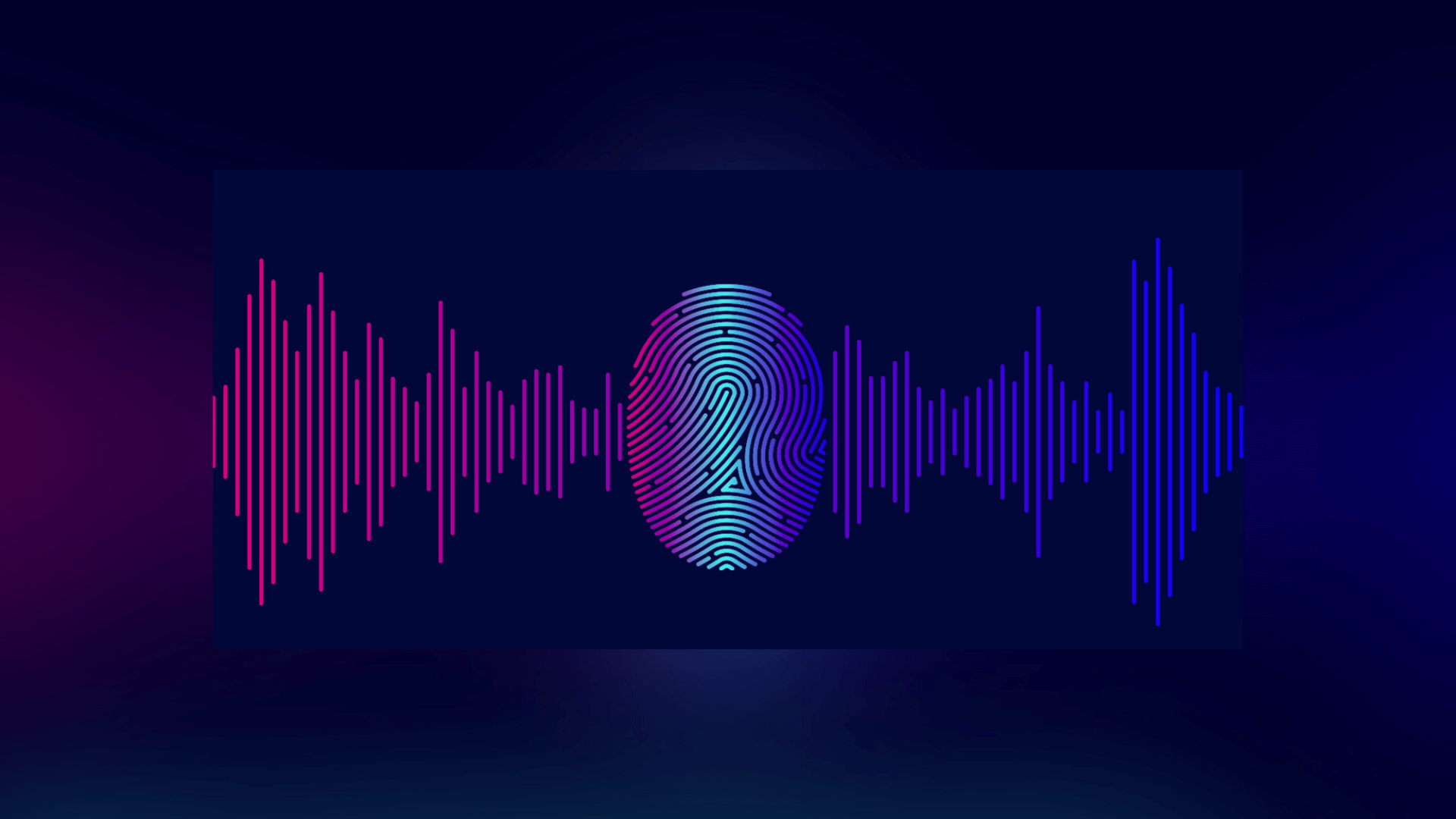

Is Fingerprinting the future of Music Detection?
Whenever you are in a club or at a festival, and you’re wondering what kind of track the DJ is playing, in most cases Shazam or any other detection apps will fail due to the amount of surrounding noise. There is too much bass or your friends are screaming right behind you, which will lead to no result. This new development will lay its focus on the background noise instead of the foreground noise. Fingerprinting could be a breakthrough.
| Best Sample packs for music producers in 2023 – Click here to checkout
Audio Fingerprinting is promised to hold onto the future of detecting music and reporting copyright claims. The fact that you can easily use someone else’s music and put it in your productions can bring a lot of problems with it. In order to avoid copyright claims you have to transform the original piece of music in a way that it won’t be recognized anymore. The whole AI cases that are happening right now are causing extra awareness regarding copyright. Fingerprinting takes the detection of these claims to another level as it scans different layers (fingerprints) of the audio. This way, there is a chance that your uncleared piece of music will be recognized by this technology. Be aware of this. France Médias Monde (FMM) supervises and coordinates all of the major broadcast organizations in France. This company started to implement the new technology into their system aiming for automated declarations. Fingerprinting delivers music data, including titles, dates, ISRC, etc, automatically which will result in a faster and better way of royalty payment. A great advantage for the actual musicians. Unfortunately, there is a limitation when it comes to live performances as it still has to be manually tagged.
Music recognition will be more advanced and this way of detection will make it a lot easier for the users to detect the songs being played. Whether you’re listening to TV, radio, or live performances, Fingerprinting will scrutinize every inch of the audio file. Shazam and other apps are specially built to detect which songs are being played. The audio will be captured through your phone’s microphone, scanned, and compared with the music catalog on the internet. Operating quickly and properly when there are no surrounding noises, but this will result in nothing when you are at a festival or in a club. The technology to scan the incoming audio thoroughly through multiple stages wasn’t possible, until this moment. Fingerprinting will scan multiple “fingerprints” of the audio and lays its focus on the background noise. The overwhelming wall of sound, distortion, crowd noise, and other artifacts will mask the song. No more. This innovation is promising for the music industry and we’re excited when this will actually operate on the dancefloor.
Next article: Steinberg announces that upcoming Nuendo releases will support MPEG-H Audio
Image Credits: Robokiller.com


- Arodes cover Interview
- Armin van Buuren: Breathing In [Exclusive Interview]
- Ibiza 2024: What To Expect
- Burak Yeter: A Day In Space [Exclusive]

